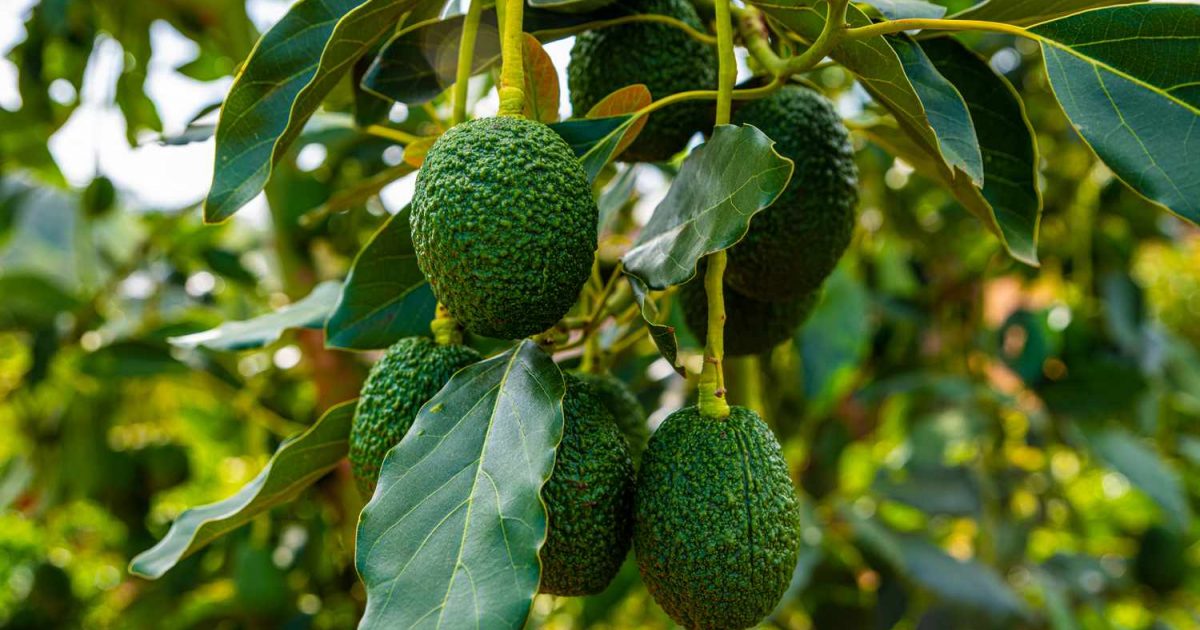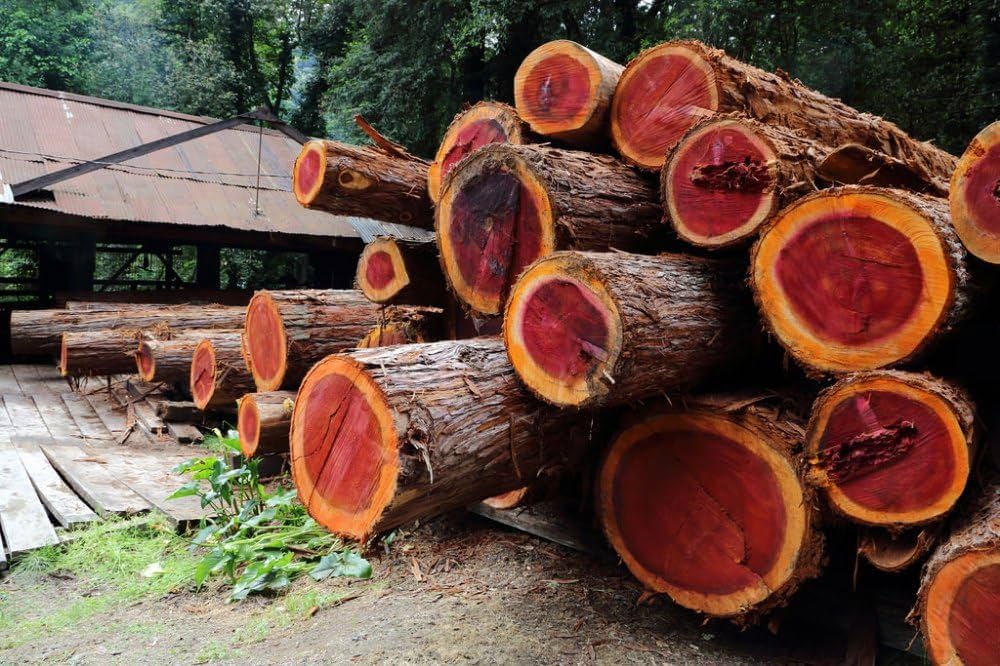- Avocado trees have become a symbol of climate resilience in many parts of Kenya. They act as carbon sinks, absorbing carbon dioxide and releasing oxygen.
In the heart of Kabigeriet Village, tucked within the rolling hills of Amalo Ward in Kuresoi South Constituency, in Nakuru County, Edwin Sang’s one-acre avocado farm is more than a source of income; it is a frontline defense in Kenya’s fight against climate change.
As Kenya races to meet President William Ruto’s ambitious target of planting 15 billion trees by 2032, farmers like Sang are quietly but powerfully contributing to this goal through sustainable farming practices.
On his modest parcel of land, Sang cultivates Hass avocados, a variety that has increasingly gained popularity both for its economic value and its ecological benefits.

Read More
Sang began growing avocados five years ago after attending a training workshop organized by the SNV Netherlands Development Organisation. What started as an economic venture has now blossomed into an environmental mission.
"At first, I only thought about selling avocados," Sang admits, carefully pruning one of his trees. "But over time, I saw how the trees were changing the land, cooling it, attracting birds, and even improving the soil."
Indeed, avocado trees have become a symbol of climate resilience in many parts of Kenya. They act as carbon sinks, absorbing carbon dioxide and releasing oxygen.
Their large leafy canopies stabilize the soil, reduce erosion, and provide a microclimate that retains moisture, a vital trait in regions prone to erratic rainfall.
The government’s 15-billion-tree initiative aims not only to increase forest cover from the current 12.3% to over 30% but also to integrate agroforestry into the national climate response.
In areas like Kuresoi South, where subsistence farming dominates, integrating tree crops like avocados bridges the gap between environmental conservation and rural livelihoods.
Keringet Assistant Commissioner ACC, Ms. Chebet Katam, hails the growing trend of avocado farming as a step in the right direction.

“Agroforestry is the future,” she says. “When farmers like Edwin Sang plant fruit trees, they are helping us conserve biodiversity, protect watersheds, and enhance food security. It’s a win-win.”
What makes Sang’s farm stand out is his deliberate intercropping of avocados with indigenous shrubs and grasses. This not only conserves the soil but also promotes biodiversity, creating a habitat for pollinators and small wildlife.
“We don't need to clear forests to make money. We can farm in a way that adds trees to the land,” Sang explains. He has planted over 100 avocado trees, and his goal is to double the number by 2026.
Each season, his orchard yields thousands of avocados, which he sells to local cooperatives and exporters. With proceeds from the last harvest, Sang installed a rainwater harvesting system, further reducing pressure on local water sources.

Kuresoi South, especially Olenguruone, where Sang comes from, once notorious for deforestation and land degradation, is slowly transforming. Encouraged by Sang’s success, more farmers are turning to avocado and other tree-based farming systems. The ripple effect is creating a new generation of eco-conscious agripreneurs.
To support this momentum, local leaders and chiefs are now pushing for seedling subsidies, farmer training, and access to export markets.
“Environmental conservation cannot be left to the government alone,” says Amalo Ward MCA, Mr. Robert Langat. “Our people must own it, and they are doing so, one avocado tree at a time.”
In Kabigeriet Village, Edwin Sang stands under the shade of his fruit-laden trees, a living testament to the power of green farming. His message is simple but profound: “Planting trees doesn’t always mean forests. Even a small farm can change the climate if we plant wisely.”
As Kenya marches toward 15 billion trees, it's clear that the battle for a greener future will not only be fought in the forests, but also on farms like Sang’s, where green gold meets green earth.







